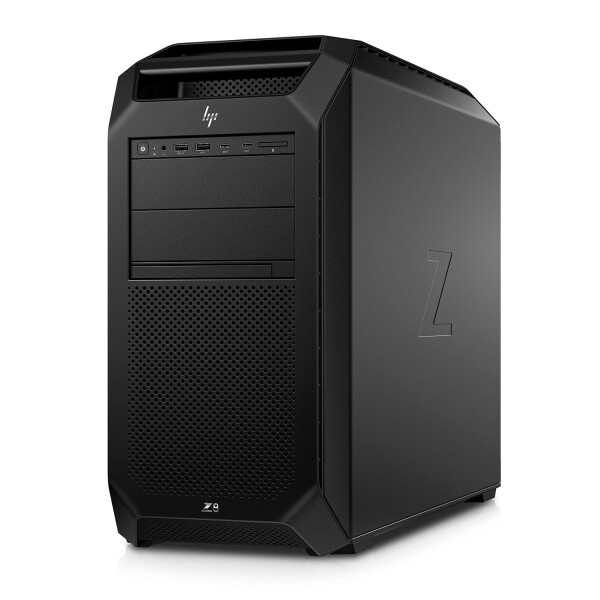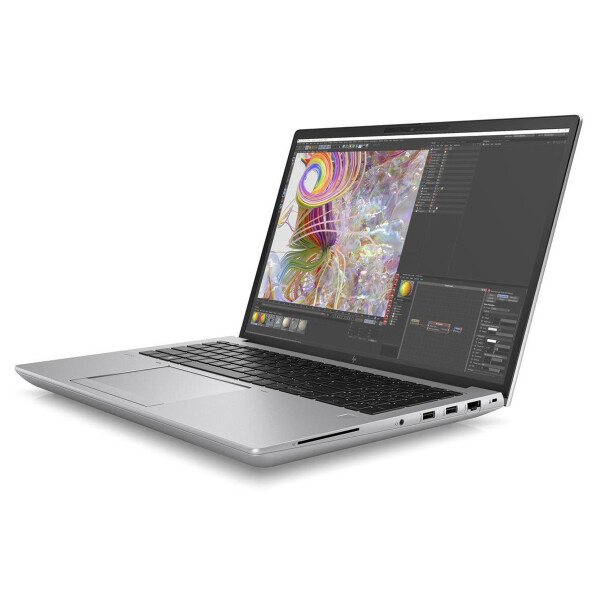How to configure your workstation for Maxwell 5
Maxwell is a universally applicable 3D rendering engine for the development and  editing of 3D images, animations and films. Visual effects are optimally implemented in architecture and product design with the Maxwell renderer. With the Multilight function specially developed by Maxwell, you are able to change light intensities and colors in real time. Plugins are available for Solidworks, Revit, Maya, Sketchup, 3DS Max, ArchiCAD, Rhinoceros and Cinema 4D. You would like to process larger and very complex projects with appealing geometry more easily and faster? We configure the optimal business workstation for your individual Maxwell applications and offer you the possibility to put the system to the test with a test license for Maxwell via remote access. Contact us and arrange a free remote test. Following our expertise for Maxwell 5.2:
editing of 3D images, animations and films. Visual effects are optimally implemented in architecture and product design with the Maxwell renderer. With the Multilight function specially developed by Maxwell, you are able to change light intensities and colors in real time. Plugins are available for Solidworks, Revit, Maya, Sketchup, 3DS Max, ArchiCAD, Rhinoceros and Cinema 4D. You would like to process larger and very complex projects with appealing geometry more easily and faster? We configure the optimal business workstation for your individual Maxwell applications and offer you the possibility to put the system to the test with a test license for Maxwell via remote access. Contact us and arrange a free remote test. Following our expertise for Maxwell 5.2:
The right CPU for Maxwell 5.2
If you want to use the Maxwell renderer for design tasks like creating and editing 3D models or animations, make sure that the processor has a high clock frequency. If you work with the rendering engine, a high number of cores and a high clock rate are important. From version 5 of Maxwell, the focus is on GPU rendering. We recommend you to use a CPU with a high clock speed. Business workstation with Intel Xeon processors W-series offer you numerous advantages. Intel Xeon CPUs are able to manage significantly more RAM than the Intel Core variants. Intel Xeon CPUs can speed up access times with the larger cache, support Error Correcting Code and are designed for 24 hour operation. While Intel Xeon CPUs have more computing cores, can handle several processes in parallel and score in power consumption, Intel Core processors often shine with significantly higher clock rates. The differences between Intel Xeon and Intel Core processors change from time to time. There are some Intel Core CPUs that support ECC memory while some Intel Xeon processors lack hyperthreading. With Hyperthreading, a processor pretends to have additional cores in order to be able to utilize all real processor cores optimally. We can recommend Intel Core i7 and Intel Core i9 processors with high clock rates in business workstations. AMD offers more than just an alternative with the new Ryzen processors. Our customers have had good experiences with the AMD Ryzen Threadripper Pro 3955WX with 16 cores, 32 threads and a clock rate of up to 4.30 GHz. In high-end business workstations, the new scalable Xeon processors are offered in the balance and performance variants Bronze, Silver, Gold and Platinum with up to 40 cores per CPU.
Scene applause for memory in Maxwell 5.2
32 GB of RAM is sufficient for simple objects and renderings. During rendering, the RAM takes over the function of storing the scene information. If you use scenes with complex geometry or large textures with high resolutions then you need a powerful rendering workstation with 64-128 GB of RAM. When choosing your business workstation, make sure you have enough memory banks. Usually, business workstations provide you with 8-16 memory banks depending on the model. We fill almost all of our business workstations with four memory banks, so that our customers have at least four more memory banks available for a memory expansion in the future. We recommend using memory with ECC (Error Correction Code) for 64 GB RAM and more. The more RAM is used, the higher the risk of memory errors. ECC RAM is able to automatically detect and correct memory errors. The risk of system crashes is significantly reduced. With the help of the task manager you can control the memory usage during a rendering and extend the memory if necessary.
The optimum graphic card power for Maxwell 5.2
For most GPU renderers, the scene must first be loaded into the VRAM graphics card memory. We focus on a high-performance graphics card with sufficient VRAM. The maximum size of the memory of your graphics card determines the size of the scene that can be rendered. A new multi-GPU engine delivers final results in minutes and an exact preview in a few seconds in Maxwell 5. Version 5 and later supports the use of multiple graphics cards and cloud rendering. Keep an eye on the number of polygenes of your models, the size of textures and the resolution of renderings. Pay attention to the CUDA cores when choosing your graphics card. The more CUDA cores the faster their rendering speed. Another advantage of the NVIDIA Quadro architecture is the provision of certified drivers, which are a prerequisite for most CAD /3D programs such as Solidworks, Autodesk Maya, 3DS Max or Rhino. With multiple graphics cards working in parallel, you will achieve a new rendering experience in Maxwell 5. We recommend NVIDIA Geforce series graphics cards, RTX3080Ti, RTX3090Ti and RTX4090Ti with 18,176 Cuda cores. The Geforce RTX graphics cards are designed for speed and achieve very good results in Maxwell 5. If you work with CAD programs in parallel, inform yourself about which graphics cards are recommended for the respective programs. A good compromise are NVIDIA Quadro graphics cards of the new RTX generation. We recommend: NVIDIA Quadro RTX A2000 with 12 GB, Quadro RTX A4000 with 16 GB VRAM for simple rendering, for more demanding scenes Quadro RTX A4500 with 20 GB VRAM and Quadro RTX A5000 with 24 GB GDDR6 VRAM.
The right hard disk configuration for Maxwell 5.2
Solid State Drives offer you many advantages compared to conventional HDDs. SSD hard disks are significantly faster, the operating system and CAD programs are loaded in seconds. SSD hard disks do not cause any annoying operating noise, since SSDs do not use magnetic disks. Another advantage is the service life. Solid state hard disks are able to cope with significantly more write and read cycles than HDDs. We recommend an M.2 SSD for the operating system and your programs, a Samsung 970 Evo plus from 500 GB and a 2-4TB SSD, a Samsung 870 Evo for your project data. SSDs with NVME technology and M.2 interface are up to 10 x faster than S-ATA SSDs. The new PCIe 4 standard is twice as fast compared to PCIe 3. Have the utilization of the hard disk at any time in view. A capacity of more than 90% becomes a bottleneck and slows down your system. Your edited data can be stored on an SSD, a NAS or on a server. We do not recommend editing your data directly on the NAS or server, as it can lead to huge speed reductions.
Recommendations for Maxwell

- 3 In stock
-
Delivery time: 1 - 2 Workdays (DE - int. shipments may differ)




